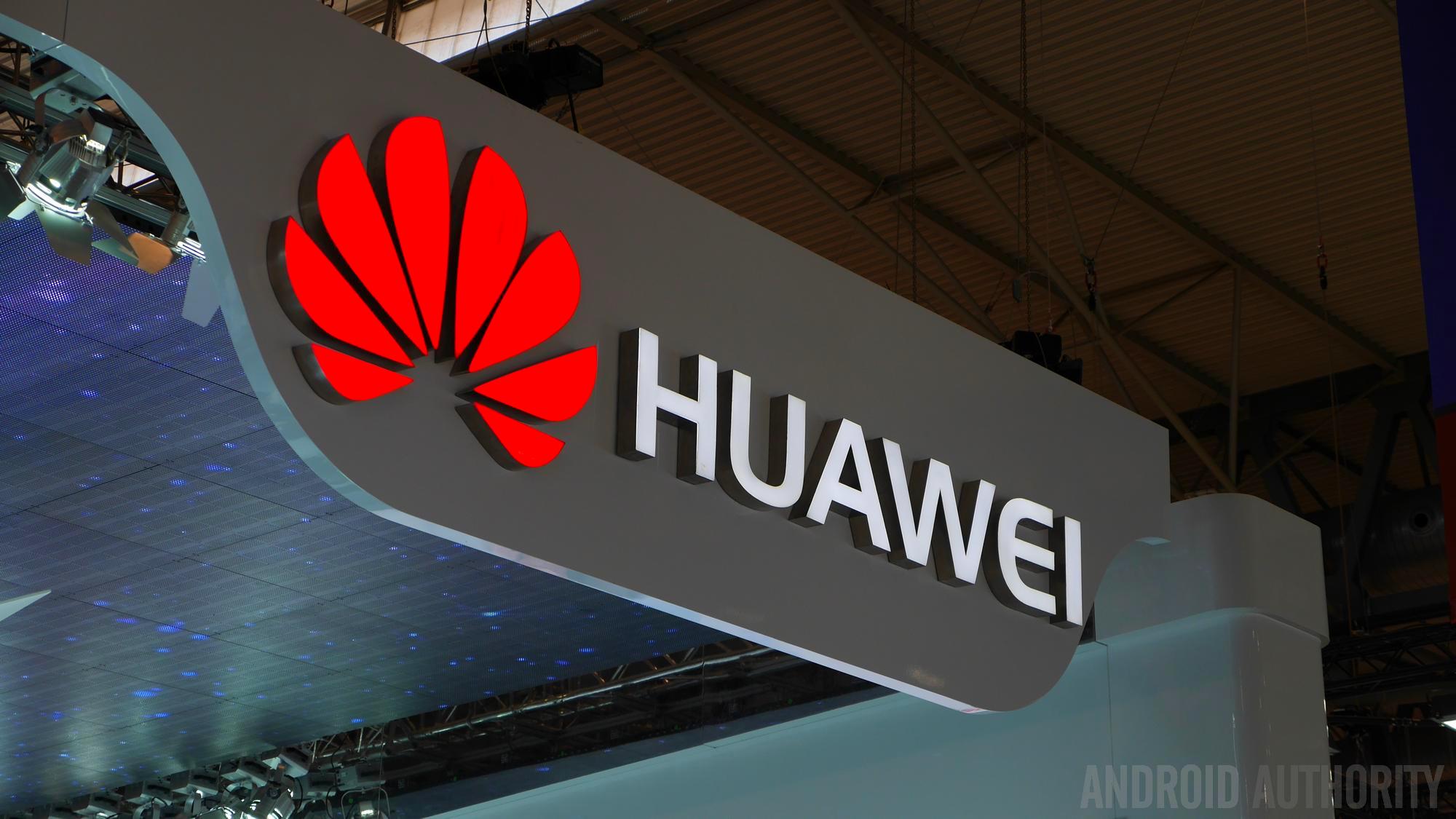Affiliate links on Android Authority may earn us a commission. Learn more.
Huawei's next HONOR device may have a sliding camera

Huawei’s HONOR sub-brand may have only announced its new HONOR 7 smartphone a few weeks ago but the company is already working on the next device but this will have one key difference. Past HUAWEI devices in general have always had relatively large bezels above the display but to curb this, the next HONOR handset could use a sliding camera.
A trip to Chinese certification authority TENAA has revealed the unique camera placement of the camera and essentially, the design means a single unit will house both rear and front cameras. The rear camera will be accessible at any time but to use the selfie camera, you’ll need to slide the assembly upwards by pressing a dedicated hardware button on the left hand side.
[related_videos title=”HUAWEI in video:” align=”left” type=”custom” videos=”617012,613020,604157,586544″]Based on the images from TENAA, it seems that the strategy might pay off as the bezel above the screen does look a lot smaller than on recent HUAWEI devices. The feature will also add a dual camera flash for both cameras and especially for selfies, this could definitely be a powerful feature when paired with a large camera.
The dedicated button could also be used for a fingerprint sensor with the handset pictured – which is known simply as ATH-AL00 – likely to sport one that’s embedded into the button. Both the Ascend Mate 7 and last month’s HONOR 7 have a fingerprint reader on the back and a change to an embedded button could also signal a sign of things to come in future devices. Like past HONOR devices, the handset will have a secondary slot that can house either a microSD card for expandable storage or a nanoSIM card for dual SIM functionality and will be powered by Huawei’s own Kirin chipset.